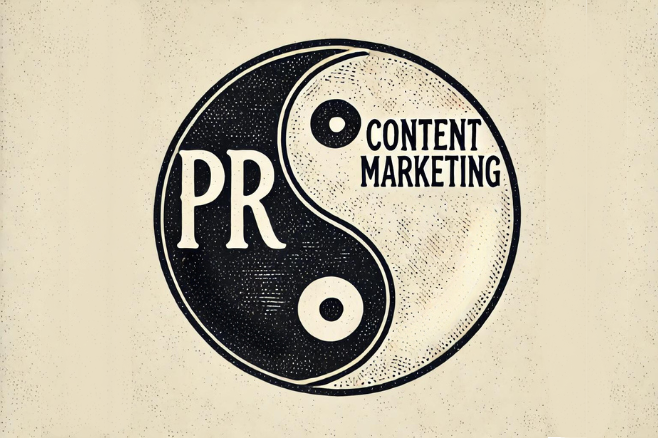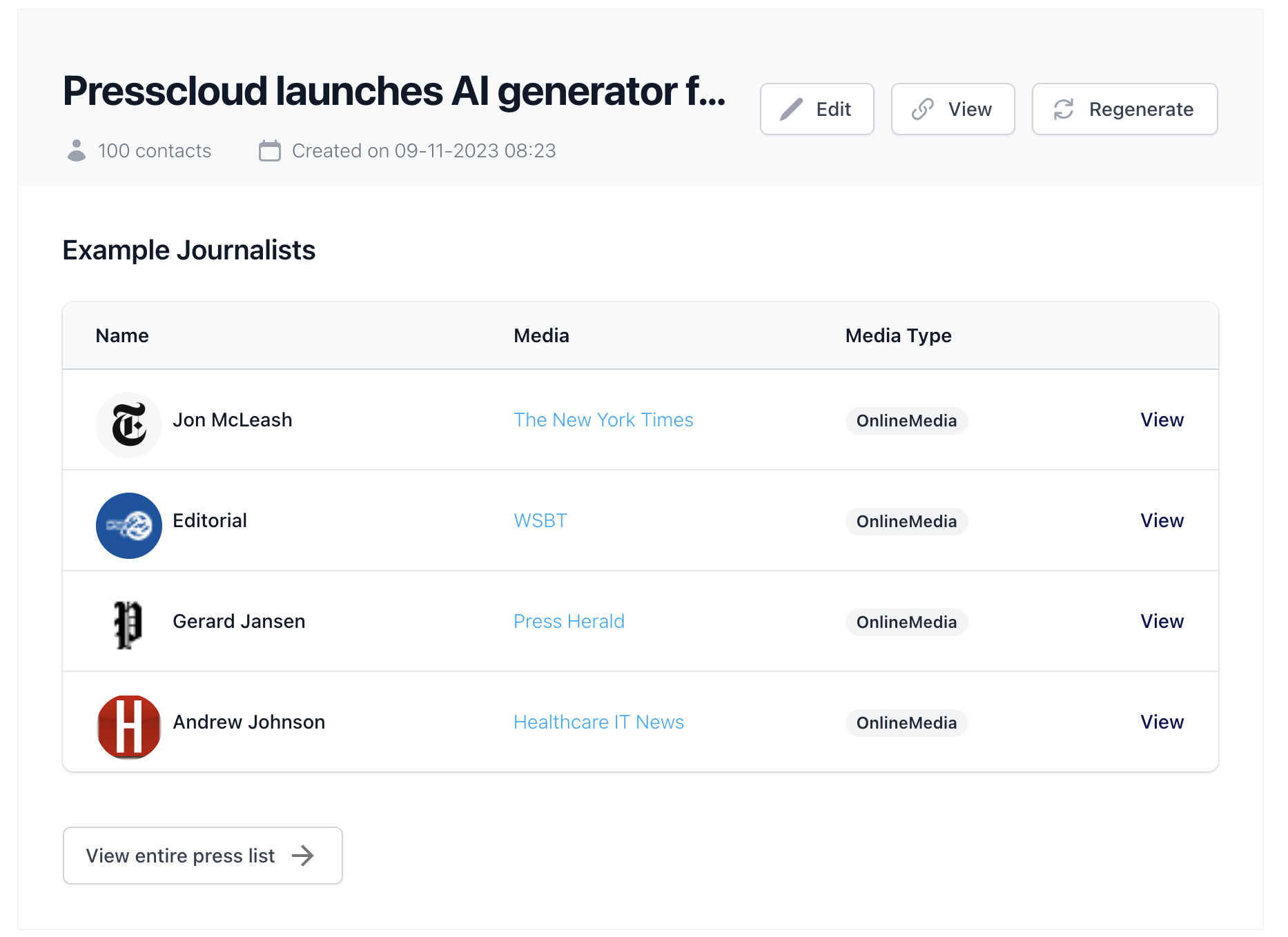Public Relations (PR) and content marketing are both crucial components of a modern marketing strategy, but they have different goals, approaches, and tactics. In this blog, we explore the differences between PR and content marketing and how you can effectively use them for your business.
Goal and focusPR focuses on building and maintaining a positive image and reputation of a company or brand. The goal is to attract media attention and inform and convince the public about important matters, such as company news, launches, and social involvement. PR aims for credibility through third parties, such as journalists, bloggers, and influencers.
Content marketing, on the other hand, focuses on creating and distributing valuable, relevant, and consistent content to attract and retain a clearly defined audience. The goal is to stimulate and influence customer behavior, ultimately leading to profitable customer actions. Content marketing uses various forms of content, such as blogs, videos, infographics, and e-books.
Tactics and channelsPR tactics include writing and distributing press releases, organizing press conferences, managing crisis communication, and maintaining media relations. PR professionals often work with journalists to get their stories published in newspapers, magazines, TV, radio, and online news websites.
Content marketing uses owned media channels, such as company blogs, social media, newsletters, and YouTube channels. Content marketers regularly create and publish content that is educational, entertaining, or informative, with the intention of engaging the audience and building a relationship. An important aspect of content marketing is optimizing content for search engines (SEO) to generate organic traffic.
Measurability and resultsThe results of PR are often less directly measurable than those of content marketing. PR success can be assessed based on media attention, the number of publications, the tone of the coverage, and the reach of the audience. However, it is more difficult to determine the exact impact of PR efforts on sales or lead generation.
Content marketing offers more possibilities for measurability and analysis. With tools such as Google Analytics, marketers can track the number of page views, time spent on the page, bounce rate, social shares, and conversions. This allows them to better understand which content works and which doesn't, and adjust their strategy accordingly.
Example: A product launchImagine your company is launching a new tech product. Here's how PR and content marketing can complement each other:
PR approach:
- Send a press release to relevant tech journalists and bloggers.
- Organize a press conference for the official launch.
- Arrange interviews with executives in leading media.
Content marketing approach:
- Write blog posts about the benefits and unique features of the product.
- Create videos and tutorials showing how the product works.
- Create infographics explaining the technical specifications and applications of the product.
- Run social media campaigns to inform and engage the target audience.
While PR and content marketing have different goals and approaches, they can complement each other and together form a powerful marketing tool. By developing an integrated strategy that leverages the credibility and reach of PR, along with the engagement and measurability of content marketing, you can effectively and sustainably grow your brand.
At Presscloud, we help companies with both their PR strategies and content marketing plans. Want to know more about how we can support your business? Visit our PR Academy for more tips and insights.




